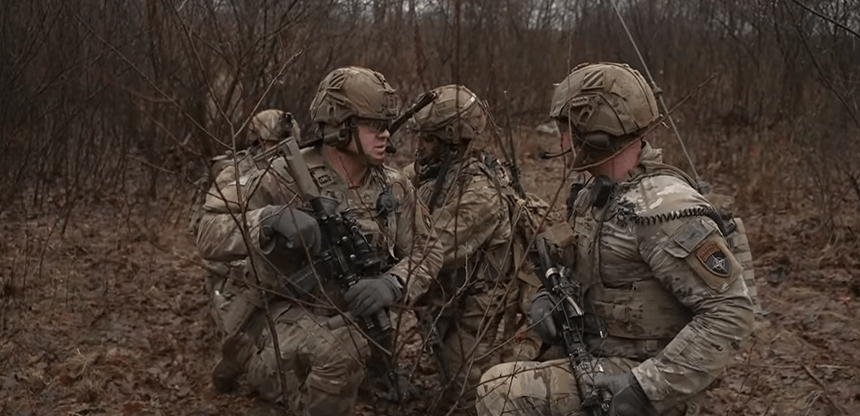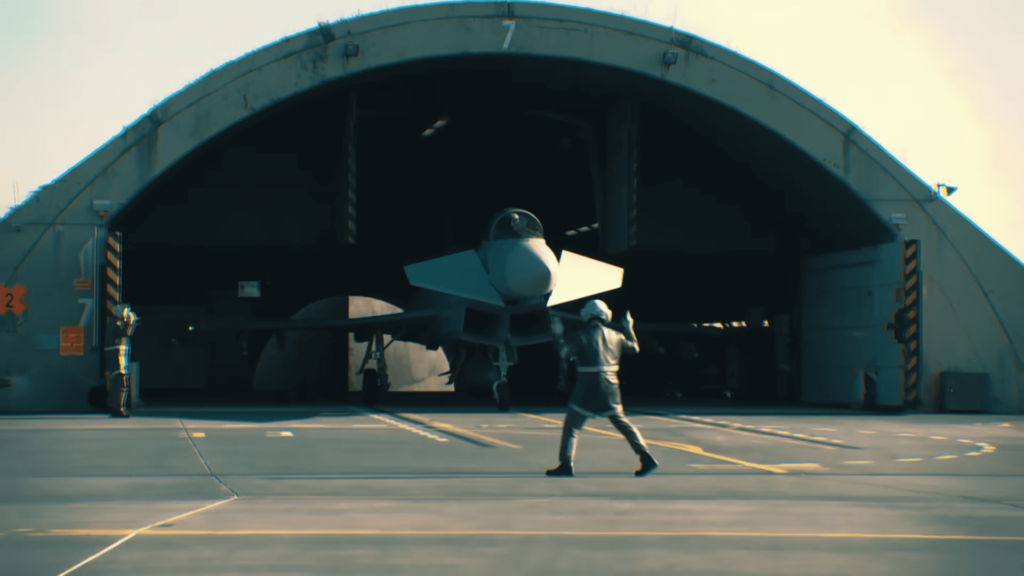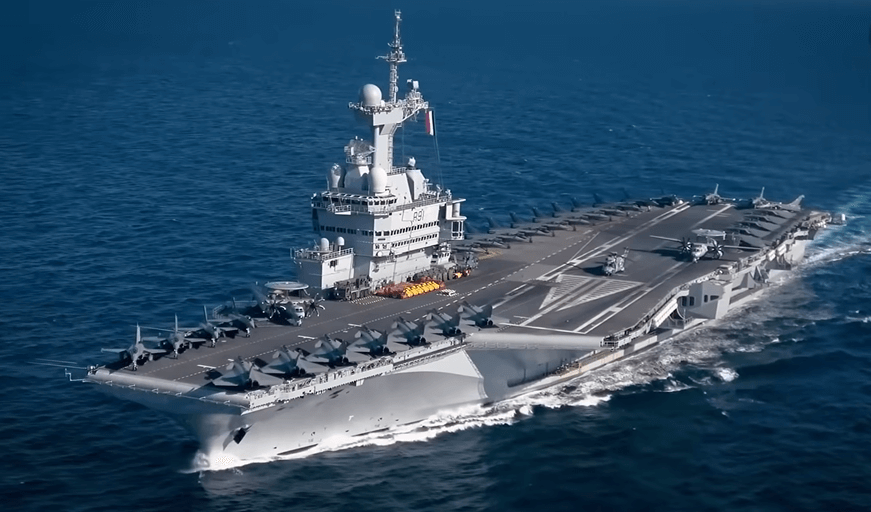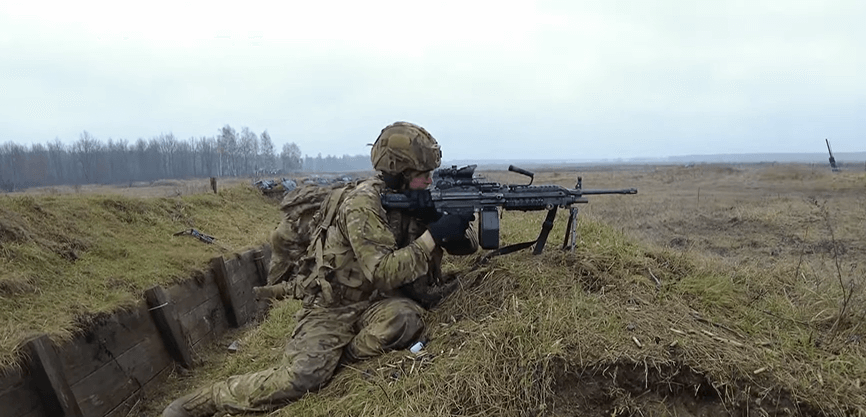A study conducted by the think tank Bruegel indicates that Europe must boost military spending to 3.5% of GDP to enhance its response capabilities against the threat of an attack.
In the current landscape of Donald Trump’s America, the defence of Europe has shifted from being a “priority,” leaving the nations of the Old Continent to take up the mantle of their own defence. A target that numerous administrations, beginning with the French, have emphasised for years, yet achieving it will prove challenging.
A recent study by the think tank Bruegel, in collaboration with the Kiel Institute for the World Economy, suggests that Europe may need to bolster its defence capabilities independently of US support. This could entail an increase in defence spending by approximately 3.5 percent of GDP across member states, translating to around 250 billion euros annually, along with the recruitment of up to 300,000 additional soldiers.
Military personnel

If Kiev were to agree to a potential peace agreement between the US and Russia, NATO would not play a role, and European nations would need to hasten a significant rearmament to address the emerging circumstances. The European armies, along with the United Kingdom, currently comprise 1.47 million troops. However, the study highlights that existing NATO military strategies anticipate that, should a Russian assault on Europe occur, 100,000 US soldiers already stationed on the continent would be swiftly bolstered by an additional 200,000 troops from abroad, primarily consisting of armoured units.
However, with Trump explicitly stating his reluctance to engage in a potential conflict on European territory to support allies, the absence of 300,000 soldiers will necessitate sourcing them locally, implying the need for approximately 50 new European brigades to be operational.
Arms

The study indicates that Europe would require a minimum of 1,400 tanks, 2,000 infantry fighting vehicles, and 700 artillery pieces—figures that surpass the existing combined capabilities of France, Germany, the United Kingdom, and Italy. Furthermore, to effectively compete with Russia’s capabilities, European drone production must ramp up to approximately 2,000 long-range attack drones annually.
Money

The authors, Alexandr Burilkov and Guntram B. Wolff, assert that these spending increases would need to be funded “through debt in the short term,” yet they emphasise that “financing will have to increase permanently.” According to sources, a proposed solution involves “raising €125 billion per year for the next five years at the EU level,” with member states “gradually committing to increasing their share of non-debt-financed spending throughout that timeframe.” In this context, the leadership and commitment of Germany will be deemed “crucial,” they assert.
Source: EuropaToday/Bruegel









+ There are no comments
Add yours